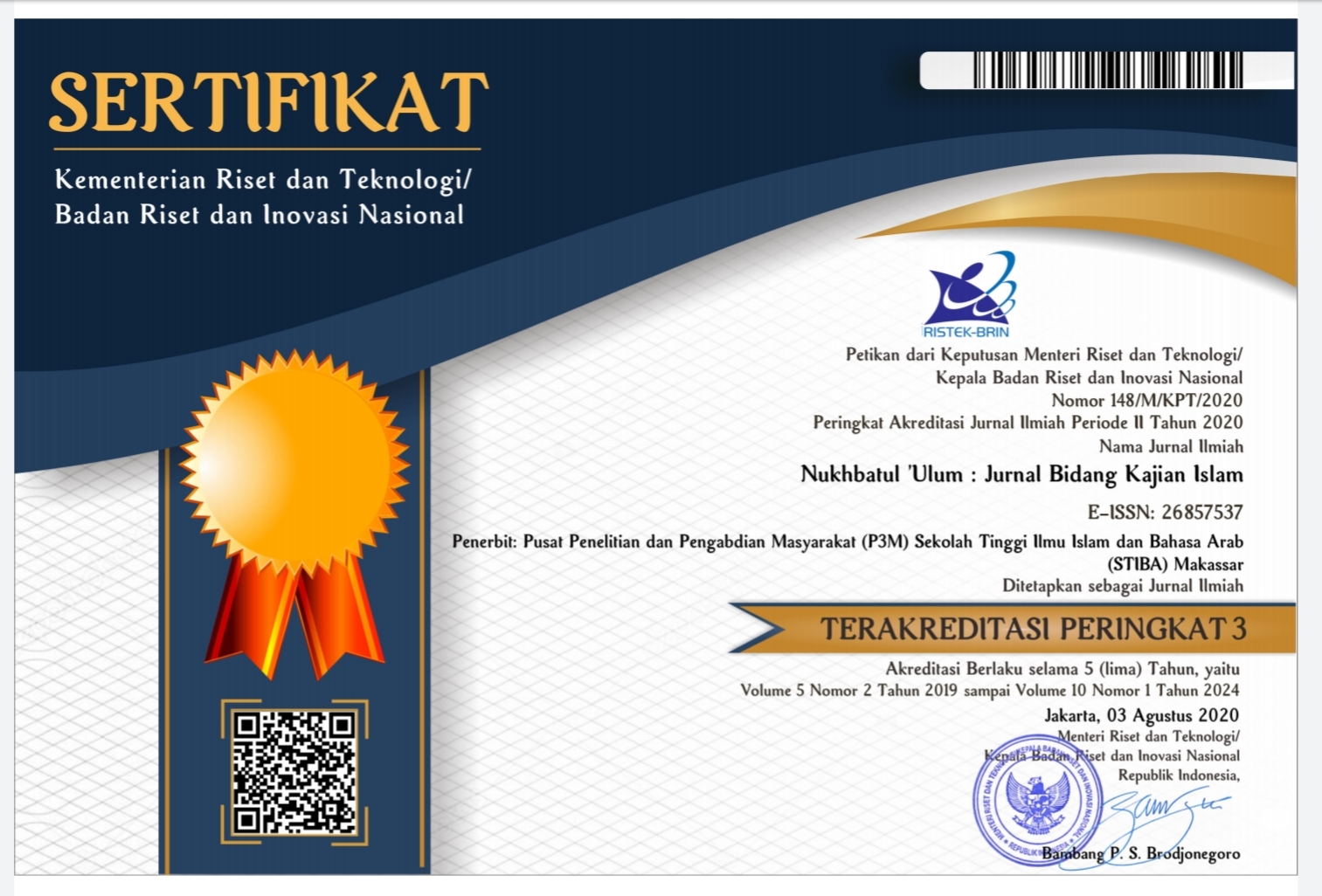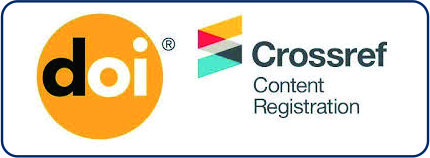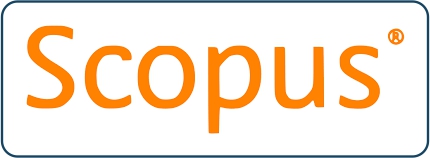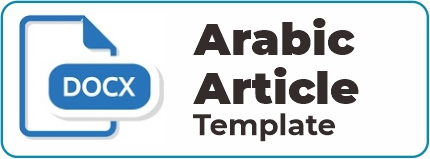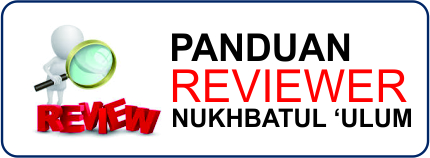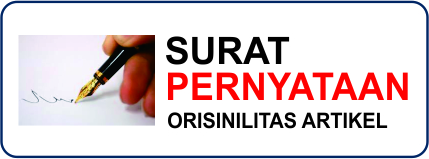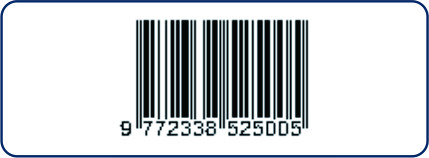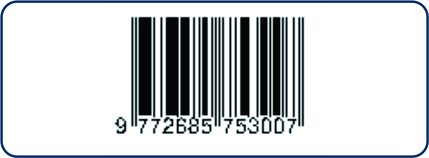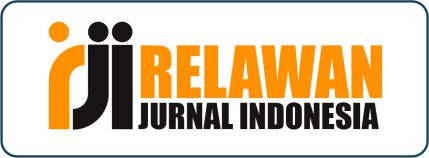AUTHOR GUIDELINES
General Author Guidelines
1. The article must be scientific (which is substantially contained corpus, perspective, and context), either based on the empirical research or conceptual ideas. The content of the article has not published yet in any Journal, and should not be submitted simultaneously to another Journal.
2. Articles submitted for publication must meet the following conditions:
The article is typed in 1.5 spacing and the article must be in the range between 15-20 pages, not including title, abstract, keywords, and bibliography, on A4-paper size, with font of "Times New Roman" 12 pt.
Writing organizations include: 1) title, 2) author's name (without title), 3) author's agency or affiliation (s), 4) email of author(s), (5) abstract in English and Bahasa Indonesia no more than 200 words, 6) keywords, 7) introduction, 8) discussion, 9) conclusion, and (10) bibliography. The title should not be more than 15 words. Author’s name(s) should be written in the full name without academic title (degree), and completed with institutional affiliation(s) as well as corresponding address (e-mail address). Abstract consisting of the discourses of the discipline area; the aims of the article; methodology (if any); research finding; and contribution to the discipline of areas study. The abstract should be written in English and Bahasa Indonesia. Introduction consisting of the literature review (would be better if the research finding is not latest than ten years) and novelty of the article; scope and limitation of the problem discussed; and the main argumentation of the article. Discussion or description and analysis consisting of the reasoning process of the article’s main argumentation. The conclusion should be consisting of answering research problem, based on the theoretical significance/conceptual construction. All of the bibliography used should be written properly based on APA syles, following the example as follows:
Book:
Mahmood, T. (1987). Family Law in Islamic Contries; History, Text and Comparative Analisys. New Delhi: Academy of Law and Religion.
Journal :
Ali, M. M. (2001). The Concept of Modernization: An Analysis of Contemporary Islamic Thought. American Journal of Islamic Social Sciences, Vol. 14, No.1 (Spring 2001): p.13-26.
It is suggested the use of a reference manager, MENDELEY and ZOTERO. The order of the bibliography is written alphabetically. Transliteration Arab-Latin follow the guidelines of transliteration.
3. Every submitted paper is independently reviewed by at least one peer-reviewer. The decision for publication, amendment, or rejection is based upon their reports/recommendation. If single or more reviewers consider a manuscript unsuitable for publication in this journal, a statement explaining the basis for the decision will be sent to the authors within three months of the submission date.
Revision of Manuscripts
Manuscripts sent back to the authors for revision should be returned to the editor without delay. Revised manuscripts can be sent to editorial office through the Online Submission Interface. The revised manuscripts returned later than three months will be considered as new submissions.
Tables and Figures
Tables are sequentially numbered with the table title and number above the table. Tables should be centered in the column or on the page. Tables should be followed by a line space (12 pt). Elements of a table should be single-spaced. However, double spacing can be used to show groupings of data or to separate parts within the table. Table headings should be in 10 pt. Tables are referred in the text by the table number, e.g., Table 1. Do not show the vertical line in the table. There is only horizontal line should be shown in the table. Figures should, preferably, be included in the electronic version of the manuscript in an appropiate format as follows; JPG, PNG.
Manuscript
The manuscript should be typed using word processors (Microsoft Word, Open Office, Rich Text Format, or WordPerfect document file format) software. The font used throughout the paper is Times New Roman. The paper size is A4 (i.e., 210 x297 mm), with a 4 cm margin at the top, 3 cm margin at the bottom, 4 cm margin on the left, and 3 cm margin on the right.
When submitting a manuscript, the author guarantees that the same manuscript or a similar version has not been submitted to any other journal or publication. Submissions must be accompanied by footnotes, and must also be accompanied by a full bibliography of works cited in the text. Spelling, capitalization, and punctuation must be consistent within each article.
Manuscript submitted to this journal should follow the heading below, except for the review article:
Title; Authors Name; Authors Affiliation; The E-mail Address; Abstract; Keywords; Introduction; Discussion; Conclusion; Acknowledgments; and References.
Paper Title
The title should reflect a specific focus of study based on the main issue of the article so that the author can get a general statement and sub-title specifically confining the scope of study. In addition, the title should be precise.
The title should be in 12 pt capital bold of Times New Roman and be centered. The title should have 0 pts space above and 12 pts below.
Authors Name and Affiliations
Write Author(s) names without a title and professional positions such as Prof, Dr, etc. Do not abbreviate your last/family name. Always give your full name. Write clear affiliation of all Authors.
Abstract and Keywords
An abstract looks like an advertisement of the article. The reader will continue reading all the article if he is interested in its abstract. Thus, the abstract should tell the prospective reader what the writer did and highlight the key findings. Avoid using uncommon abbreviations. The abstract must be accurate, brief, clear, precise, honest and specific. Use words which reflect the precise meaning. Please consider word limitations (150-250 words) with single spacing, one paragraph and font of Times New Roman 10pt .
Keywords are the labels of your article and are helpful for the indexing and searching. Therefore the keywords should represent the content and highlight of the article. Use the words which only focus on your article. Each word/phrase in keyword should be separated by a comma (,) and use font of Times New Roman 10pt.
Introduction
In Introduction, authors should state the objectives of the work at the end of introduction section. Before the objective, authors should provide an adequate background, and short literature survey in order to record the existing solutions, to show the differences from previous researches, to show the main limitation of the previous researches, to show what you want to achieve or solve the limitation, to show the novelties of the paper, and to show theoretical construct (if needed) of the research. At the end, if the articles are results of a research, authors should state the methods used.
Discussion
Discussions should explore the meaning of the article. The discussion is the most important part of your article. Here you get a chance to sell your data. Discussions could begin with a brief summary of the scientific findings from previous researcher’s authors should explore things that relate to the objectives of the work and give a scientific interpretation and reasons for each of the results or findings presented.
Conclusions
The conclusion should answer the research objectives clearly. Tells how your work will find a theory of knowledge. Without a clear conclusion, reviewers and readers will find it difficult to assess the benefits of your work. Do not restate the abstract, or just list from analysis.
Acknowledgment
Recognize those who helped in the research, especially funding supporter of your research. Include individuals who have assisted you in your study: Advisors, Financial supporters, or may another supporter, i.e. Proofreaders, Typists, and Suppliers, who may have given materials.
References
Authors are required to pay an Article Submission Fee as part of the submission process to contribute to review costs.
With the payment of this fee, the review, editorial decision, and author notification on this manuscript is guaranteed to take place within 4 weeks.
If this paper is accepted for publication, you will be asked to pay an Article Publication Fee to cover publications costs.


